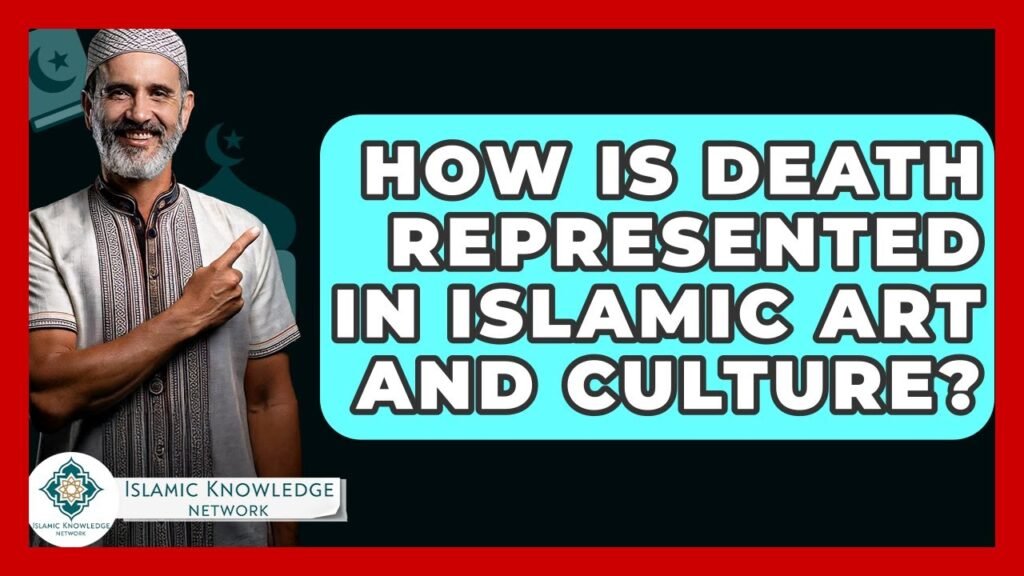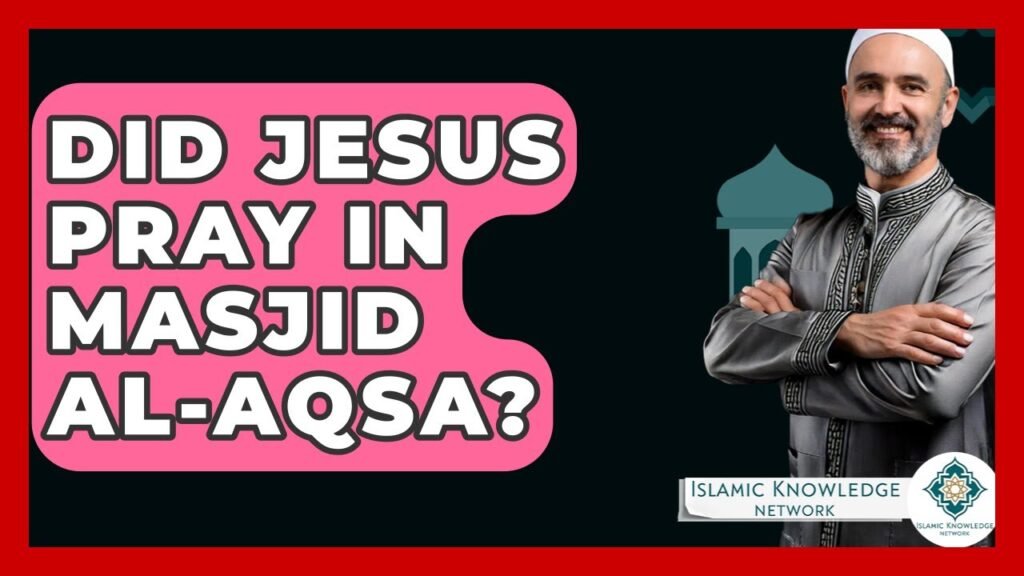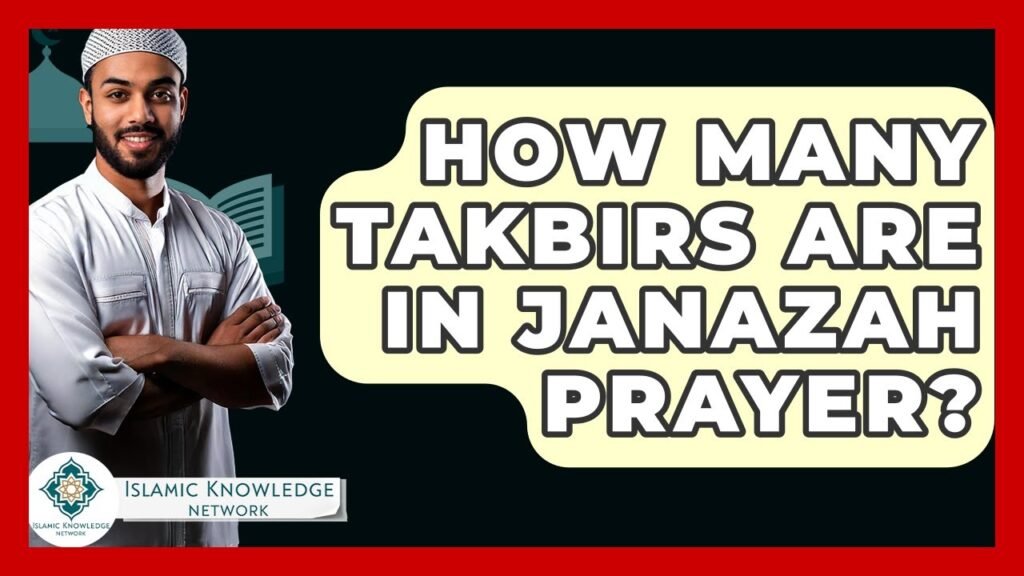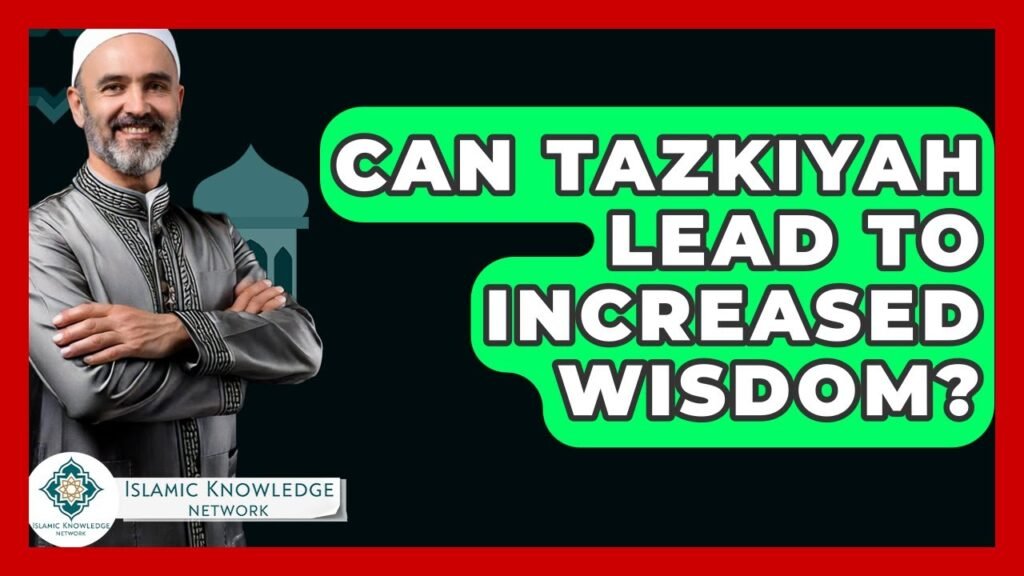Disclaimer:
The content published on this website is provided for general informational purposes only. Articles are generated with the assistance of artificial intelligence and are reviewed periodically; however, accuracy cannot be guaranteed in all cases. Readers are encouraged to verify important information from reliable and authoritative sources before relying on it. The website does not intend to mislead, and any errors found will be corrected when identified.
How Is Death Represented In Islamic Art And Culture? – Islamic Knowledge Network
Death, a universal theme that transcends cultures and religions, finds a unique expression within Islamic art and culture. In Islamic tradition, the representation of death is often intertwined with concepts of the afterlife, spirituality, and the impermanence of life, highlighting the delicate balance between the material and the spiritual. Artists and scholars have long explored these themes, utilizing calligraphy, architecture, and intricate patterns to convey profound messages about mortality, the soul’s journey, and the eternal connection to the divine. From tomb decorations to poetic verses, Islamic art serves as a medium to reflect on the mysteries of death and the hope of resurrection, providing a comforting reminder of life’s transient nature.
At Airlink Hajj and Umrah, we recognize the significance of understanding these cultural representations, especially for those embarking on spiritual journeys to sacred sites. Our blog not only delves into the intricate portrayals of death within Islamic culture but also provides comprehensive updates and insights on Hajj and Umrah. Whether you’re preparing for a pilgrimage or seeking to deepen your understanding of Islamic traditions, you’ll find invaluable resources that connect you to the heart of Islamic heritage. Join us as we explore the profound ways in which death is depicted and revered across centuries in Islamic art and culture.
How Is Death Portrayed in Islamic Art and Culture?
In Islamic art and culture, the concept of death is intertwined with themes of spirituality and the afterlife. Rather than focusing solely on the event of dying, Islamic art often emphasizes the journey of the soul toward its eternal destination. This portrayal can be seen in intricate calligraphy and geometric designs found in mosques and manuscripts, which symbolize the infinite nature of existence and the connection to the divine.
Additionally, death is respected and remembered through various cultural practices. The use of tombstones with detailed inscriptions, for instance, tells the story of the departed and serves as a reminder for the living to reflect on their own lives. This reverence for the deceased aligns with Islamic beliefs about the afterlife, encouraging a narrative that celebrates life while also acknowledging its inevitable end.
At Airlink Hajj and Umrah, we provide updates on Hajj and Umrah, recognizing how these pilgrimages reflect the spiritual journey beyond this life. In understanding death through Islamic art and culture, we can appreciate the deeper meanings embedded in these rituals, reminding us of our shared humanity and the significance of our spiritual quests.
FAQ on “How Is Death Portrayed in Islamic Art and Culture?”
-
How does Islamic art represent death and the afterlife?
Islamic art often avoids direct depictions of death, instead using abstract patterns, calligraphy, and symbols like the crescent moon to imply themes related to mortality and the afterlife. -
Are there specific symbols associated with death in Islamic culture?
Yes, symbols like the lotus flower and certain geometric patterns are often associated with the cycle of life and death, representing rebirth and the divine.
-
How do Islamic funerary practices influence artistic expression?
Funerary practices, such as the design of tombstones and mausoleums, reflect Islamic beliefs about the afterlife, emphasizing simplicity, respect, and the continuation of life beyond death. -
What role does poetry play in the portrayal of death in Islamic culture?
Poetry is a significant avenue for exploring themes of death, often reflecting on mortality, the transient nature of life, and the hope for eternal existence in paradise. - How is the concept of remembrance (dhikr) related to death in Islamic art?
Remembrance is a central theme, with calligraphic art featuring verses from the Quran or sayings of the Prophet Muhammad that emphasize the importance of remembering God, especially in the context of mortality.
Mushu, an experienced Saudi Arabia traveler and writer, shares insightful tips and spiritual reflections to enhance Hajj and Umrah journeys for fellow pilgrims. He has been to Makkah and Madina from 2016 to 2023 many times and his posts will reflect this.







